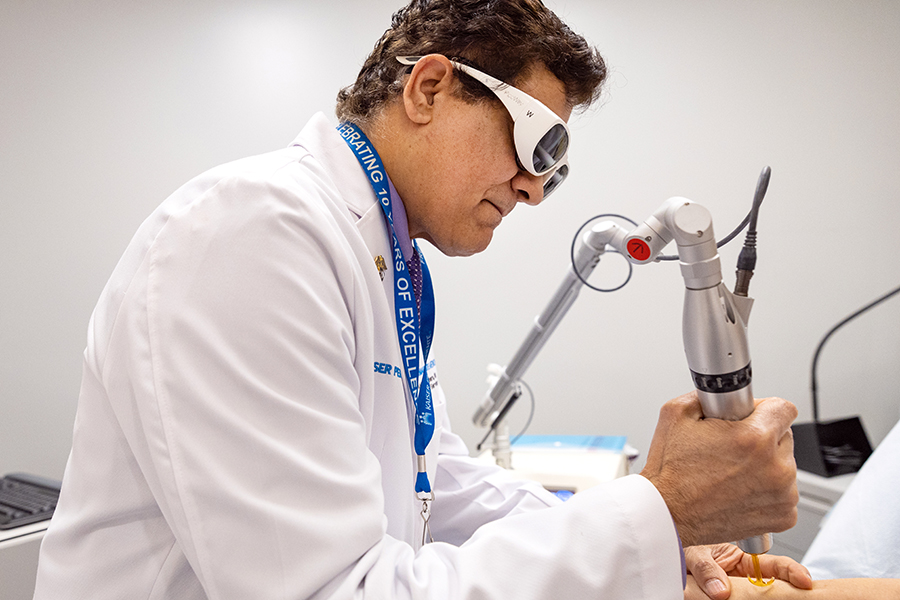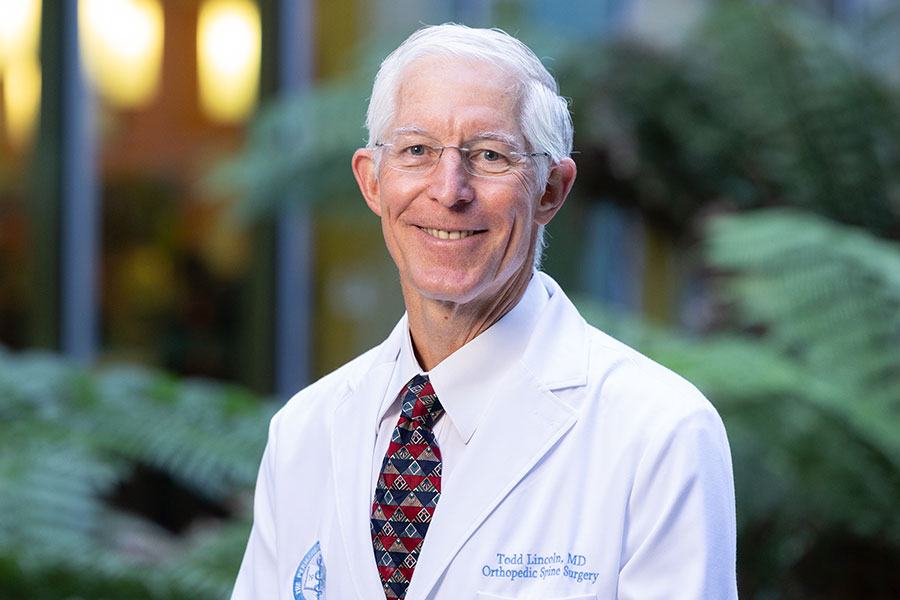The Press Democrat-October 26, 2017
A scary new study found that many popular baby foods test positive for arsenic, including a whopping 80% of infant formulas.
That’s a pretty terrifying fact to wrap your mind around if you’re a new mom or dad and you’ve just been up all night trying to take care of your bundle of joy. Now, in between middle-of-the-night diaper changes and breast-feeding issues, you also have to worry about the poisons that may be hiding in your baby’s food. So sit down, get some coffee and take a deep breath.
The Clean Label Project, a nonprofit group that works for clarity in labeling, tested a wide array of baby food, formulas and toddler products, as USA Today noted. The study looked at best-selling formulas and baby food using Nielson data. The group, which did not publish findings in a peer-reviewed journal, also looked at emerging national brands. On the whole, about 530 baby food products were tested and researchers found 65% of products tested positive for arsenic. Plus, that wasn’t the only contaminant. They also found lead (36%), cadmium (58%), and acrylamide (10%).
The bad news is that all of these chemicals pose potential dangers to babies with their developing brains and bodies. Jennifer Lowry, pediatrician and toxicologist at Children’s Mercy Hospital in Kansas City, Mo., who is not affiliated with the research, told USA Today that these chemicals may impact fine motor skills and cognition.
Big name brands such as Gerber, Enfamil, Plum Organics and Sprout were among the worst offenders, which means that they contained two out of five when it comes to toxic metals.
To add insult to injury, about 60% of products claiming to be “BPA free” tested positive for the industrial chemical bisphenol A. It should be noted that the quantities can range from large to small, but some products tested positive for up to 600 parts of arsenic per billion. That’s worrying.
For its part, Gerber maintains that the study is generating “unnecessary alarm.” In an email, the company said: “We want to reassure parents that the health and safety of babies is our number one priority, which is why we never compromise on the quality of our formulas and foods for babies and toddlers. All Gerber foods meet or exceed U.S. government standards for quality and safety. We also have our own strict standards and our Clean Field Farming practices that go even further. ”
Not to overwhelm parents, but it’s probably a good time to remind you that recent studies have also found lead in baby food. A report from Environmental Defense Fund, a nonprofit group, found about 20 percent of baby food samples tested over a decade-long period had detectable levels of lead. This study noted that baby food seems to show higher levels of contamination than regular food (which hit only 14 percent).
In that study, researchers scoured data collected by the Food and Drug Administration from 2003 to 2013. This included 2,164 baby food samples. They found 89 percent of grape juice samples, 86 percent of sweet potatoes samples and 47 percent of teething biscuits samples contained detectable levels of lead.
While none of the baby food samples exceeded the Food and Drug Administration’s allowable levels of lead, it’s still worrisome because there’s a lot of concern that the rules, which are currently being reviewed, don’t reflect the latest science about the potential health risks, especially for little ones.
The Centers for Disease Control and Prevention considers a level of 5 micrograms of lead per deciliter of blood to be high in children, but no level of lead is considered safe because of its potential detrimental effects on child development. Now, the really scary part: The CDC concluded that “even low levels of lead in blood have been shown to affect IQ, ability to pay attention, and academic achievement. And effects of lead exposure cannot be corrected.”
Lest you be overwhelmed by fear, there is something that parents can do to try and protect their kids. One option is make your own baby food.
“When parents ask me the question what is the best brand of baby food to feed my baby, my answer is home-made,” says Dr. Keith Fabisiak, assistant chief of pediatrics at Kaiser Permanente’s Campbell Medical Center. “Even the baby foods that are labeled as ‘organic’ or ‘all natural’ can still contain significant amounts of contaminants like lead and arsenic, so the best baby food is the one that you make yourself…. Although this takes some additional effort, it is easier than most people think and is the only way you know exactly what is in your baby’s food.”
Fabisiak suggests that parents invest in a simple food processor to make the task easier. He advises you make a batch of baby food and then freeze it overnight in an ice cube tray. The next morning you can pop out the frozen cubes of baby food into a larger freezer container for storage. Each cube will contain about one ounce of homemade baby food, so all you need to do is take a few cubes out of the freezer to thaw for each meal.
There are also some other things you also can do to minimize the risk. Pediatricians recommend that children eat lots of different kinds of fruits and vegetables. This can help lower the risk from any single food. Diets high in iron, calcium and vitamin C can reduce the absorption of lead.
Cutting back on juice is another strategy. The American Academy of Pediatrics recently recommended new limits on fruit juice consumption: 4 ounces for children 1-3 years old, 4 to 6 ounces for ages 4-6 years and 8 ounces for 7 years and older. The pediatric group says children under 1 year should not drink any juice.
You can also try to pick your battles. Jaclyn Bowen, executive director of Clean Label Project and a food safety scientist, said rice-based baby food such as snack puffs are some of the worst offenders when it comes to arsenic.
In 2016, the FDA proposed a limit of 100 parts per billion of arsenic in infant rice cereal, but it does not enforce that limit. Rice can absorbs arsenic from contaminated soil as it grows in the environment.
“It is important for consumers to understand that some contaminants, such as heavy metals like lead or arsenic, are in the environment and cannot simply be removed from food,” noted Peter Cassell, a FDA spokesperson to USA Today.
This article originally appeared in The Press Democrat






